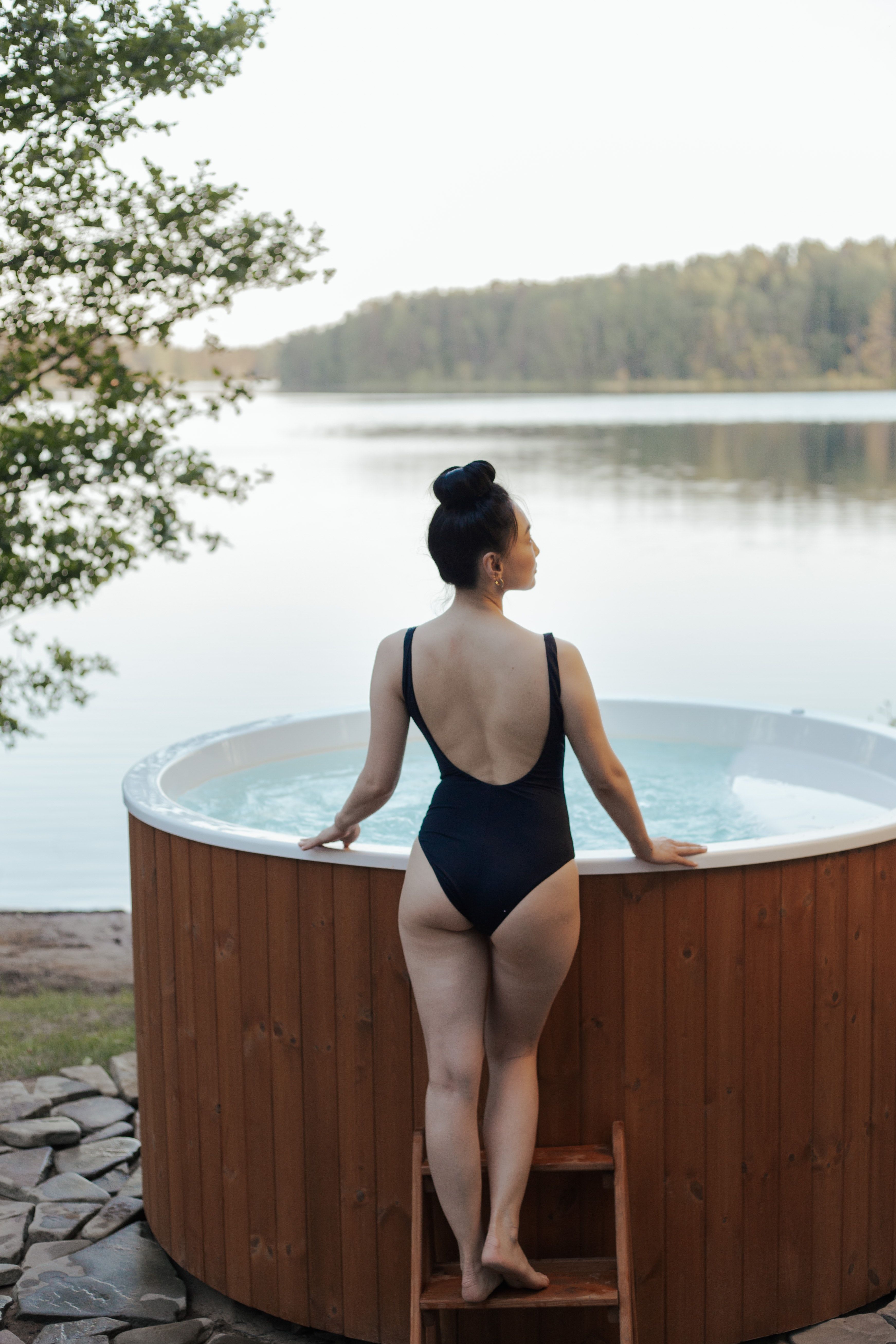Cold Plunge for Your Body and Mind



A cold plunge, sometimes referred to as cold water immersion or cold treatment, is a procedure in which people briefly submerge their body in cold water. The water is frequently between 50 and 60 degrees Fahrenheit (10 to 15 degrees Celsius), the coldest plunge usually entails submerging oneself in ice-cold water, either via the use of ice baths or naturally occurring bodies of water with extremely low temperatures. Although the temperature of cold plunges might vary based on the method and circumstances, it is often much below the body's normal temperature, which is around 98.6°F (37°C). It is said that there are several health advantages to this technique, which has been practiced for millennia in many countries.

To experience an ice plunge, one can take a cold shower, soak in a cold water plunge, or submerge themselves in a lake or river. Even some spas and wellness facilities have chilly plunge pools that were created specifically for this use.
Benefits of Cold Plunge therapy
1. Improved Circulation:
Immersion in cold water can restrict blood vessels, which is known as vasoconstriction. This results in better circulation throughout the body and enhanced blood flow to important organs.
2. Reduced Inflammation:
People with certain inflammatory diseases or injuries may benefit from cold treatment because it is thought to lessen inflammation by restricting blood vessels.
3. Muscle Recovery:
After strenuous exercises or training sessions, athletes and fitness enthusiasts frequently take cold plunges to assist minimize muscle stiffness and expedite recovery.
4. Enhanced Mental Well-being:
Endorphins, the body's natural mood-enhancing chemicals, are supposed to be released during cold water immersion, resulting in a sensation of wellbeing and increased mental clarity.
5. Immune System Support:
According to certain research, cold treatment may boost the immune system, enhancing the body's defenses against several diseases and infections.
6. Stress Reduction:
The body's "fight or flight" reaction, followed by a relaxation response, can be brought on by the shock of cold water. As a result, stress levels may drop and stressor resistance may rise. Cold plunges in the summer can be an excellent way to cool off, refresh your body, and experience the invigorating benefits of cold water immersion.

Precautions:
While taking a cold plunge might have a number of advantages, it's important to practice it carefully and limit your exposure to the water's coldness. Here are some tips for cold plunge for beginners to safely and comfortably incorporate cold plunges into their routine:
Gradual Exposure:
If you've never taken a cold plunge before, start with shorter times and progressively extend them as your body becomes used to the chill.If you're a beginner or have specific health considerations, starting with 11 minutes of cold plunge per week can be a reasonable and safe approach.
Listen to Your Body:
Pay attention to how your body reacts to submersion in cold water. Before utilizing cold treatment, speak with a medical expert if you feel uneasy, hurt, or have any ailments that might be made worse by it.
Avoid Very Cold Water:
Dangerously chilly water might cause hypothermia or other health problems. Use water that is both comfortable and secure for you.
Pregnancy and Certain Health Conditions:
Cold plunges should either be avoided by pregnant women and anyone with specific medical disorders, such cardiac issues, or they should be done under medical supervision.
The body is submerged in cold water as part of a centuries-old tradition known as a "cold plunge" for a variety of health reasons. Although many individuals find cold plunges to be energizing and beneficial for muscle recovery and general well-being, it's important to approach them cautiously and take into account certain health issues. Before introducing cold water immersion into your routine, always speak with a medical expert if you have any worries or medical issues.

